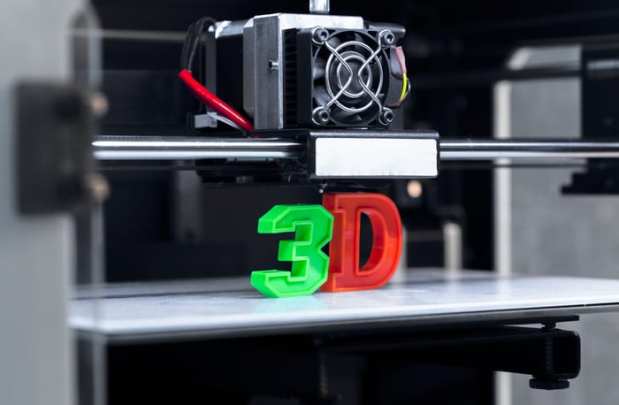Hershey’s, Nestlé Supplier To Offer Mass Production Of 3D Printed Chocolate

Swiss chocolatier Barry Callebaut’s Mona Lisa design studio has developed personalized 3D printed chocolate at scale, the company announced Friday (Feb. 14).
Mona Lisa teamed up with a pastry chef, Jordi Roca, so he could add his creative touch to 3D chocolate. His Flor de Cacao depicts the flower-like opening of the cocoa bean when it comes into contact with hot chocolate sauce.
“This new way of working with chocolate is going to take consumers by surprise, with previously unthinkable shapes produced at scale and with impressive precision,” Roca said. “I’m usually inspired by the things I can’t do as they represent a creative challenge — but now, thanks to Mona Lisa 3D Studio, I can take my chocolate craftsmanship to the next level. I can imagine any new kind of design and it will come to life.”
Callebaut makes chocolate for clients such as Nestlé, Unilever and Hershey, according to Business Insider. Mona Lisa — which makes chocolate decorations, sprinkles and figurines — will be able to offer gourmet clients access to an innovative method of printing personalized designs en masse.
“3D printing enables new shape possibilities that cannot be made by other techniques,” Patricia Cas Medina, global brand manager, told FoodIngredientsFirst. “The entire process from sketch to the delivery takes less time, effort and budget, compared to traditional techniques, such as molding, where you would need to develop and produce a mold.”
A recent Barry Callebaut research study showed that 70 percent of consumers want to try innovative chocolate experiences, and 60 percent want to share them on social media.
In other 3D printed food news, New Crop Capital invested in Novameat, to help it bring its 3D printed plant-based steaks to market. The Spanish startup wants to bring plant-based meat alternatives to the public.
“While I was researching on regenerating animal tissues through bioprinting technologies for biomedical and veterinary applications, I discovered a way to bio-hack the structure of the native 3D matrix of a variety of plant-based proteins to achieve a meaty texture,” explained Giuseppe Scionti, who started the company.
